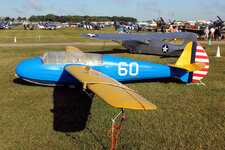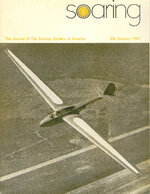drgondog
Major
A good source (Very Good) is Birch's "Rolls-Royce and the Mustang".I had seen a couple before, but only a very small minority of the P-51B-C photos I've seen, and I have read the "directional stability loss with the loss of side area" explanation in several publications, so that was what I was going with.
Drgondog has provided original documentation showing that the instability had a different cause than the canopy change, so I am now better informed!
And yes, someone in the distant past concluded that the 'loss of side area' was the root cause - and 100 more experts copied and pasted. Looking into obscure reports at NAA discussing empennage failures draws your attention to the design and installation of the Reverse Rudder Boost tab which was released at same time (kit form) as Dorsal fin for both P-51B and P-51D in April 1944. Later a T.O. was released to beef up the Stab spar and doubler attaching fin to Stab and bulkead.
The problem to be solved was hard rudder input to damp natural Yaw response to roll - combined with the prop vortex applying asymmetric loads to the H.Stab and Fin/Rudder.
Anecdotally, my father resisted (unsuccessflly) the installation of reverse rudder boost kit because he disliked the reduction in roll authority. His favorite WWII manuever ship was the P-51B/C with Hood and no RRBT installed. To him, the purest manuever ship was the P-51A and claimed the P-51H was close.



